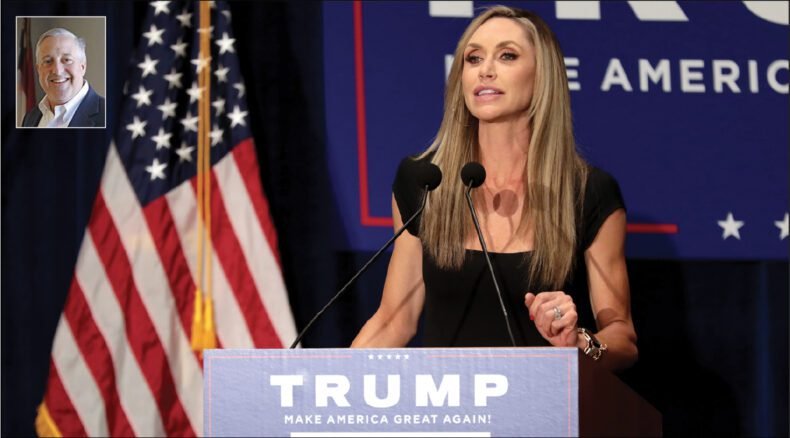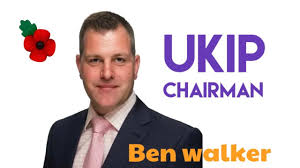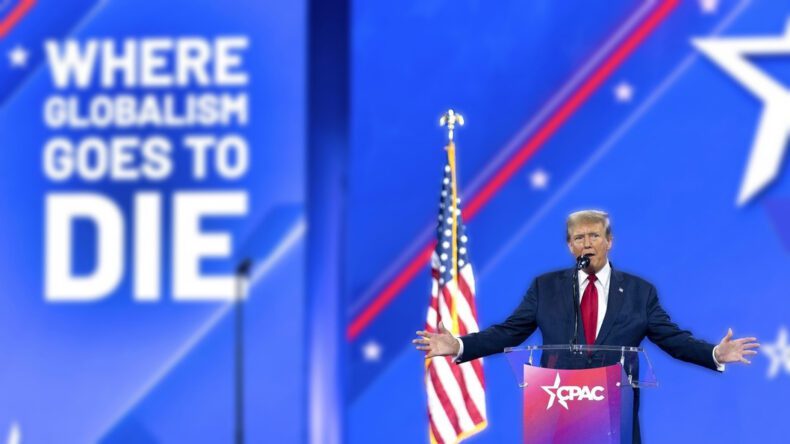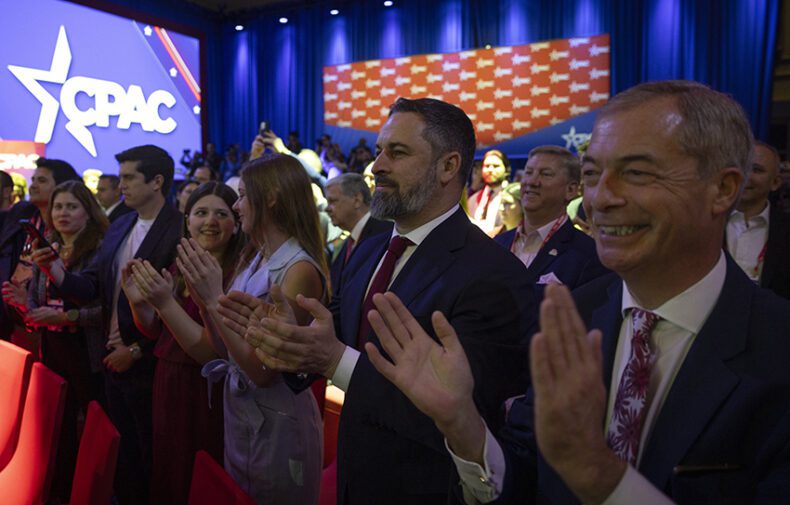By Alfio Bernabei
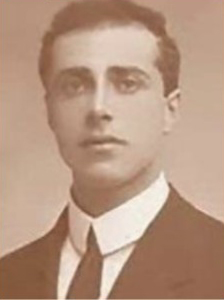
Exhibition: 15th April – 13 June 2024 Centenary of Matteotti’s visit to London, Charing Cross Library (see below)
Event: Talk by Alfio Bernabei : Thurs 30th May 7pm-8pm@ Charing Cross Library (see below)
Italy’s Prime Minister Giorgia Meloni still refuses to answer the question: “Are you anti-fascist or are you not?” She insists on evasive replies. But a large number of Italians have learnt the meaning of escamotage. They have no intention of letting it pass. The question is legitimate.
Meloni began her political career as a member of the youth wing of Movimento Sociale Italiano that came about after the Second World War as the continuation of Mussolini’s fascist party. Resorting to juggling with words casts doubts on her persuasion and even on her allegiance to the Constitution. The more so because she is governing the country alongside other members of her party, the Brothers of Italy, who also tend to evade the same question, one being the president of the Senate, Ignazio La Russa, who keeps a bust of Mussolini at his home.
One can only imagine how Meloni, La Russa and company are preparing to respond, as the 100th anniversary of the assassination of Giacomo Matteotti by the fascists approaches, with leading figures expected to mark the occasion, led by Sergio Mattarella, Italy’s President. He has hinted on several occasions that certain government representatives are not doing enough to pay their respects to the Italian resistance movement of the Second World War. Matteotti may have died in 1924 but, significantly, 73 partisan brigades that fought the Nazi fascists bore his name.
Political clampdown
Born in 1885, Matteotti was the secretary of the Unitarian Socialist Party and leader of the Opposition in parliament when he was kidnapped and murdered by hitmen from Mussolini’s secret police on 10 June 1924. To reinforce the warning to all opponents of fascism they refused to reveal what they had done with the body, which was only found on 16 August in a wooded area outside Rome. Historians agree that Mussolini exploited the crime to transform a democracy into a dictatorship.
What followed soon after was the abolition of parties and trade unions, alongside the suppression of press freedom. Matteotti saw it coming and sought assistance from Britain. As soon as the first Labour government was installed in January 1924, he sent a 91-page pamphlet to the Labour Party, the Independent Labour Party (ILP) and the Trades Union Congress listing hundreds of examples of the use of violence by the fascist militia, warning that democracy was being overthrown through brutal force. A copy reached the Foreign Office. In March, a summary of it was published in The New Leader, the journal of the ILP.
London meeting
Desperate to put his case in person to comrades in the UK, Matteotti asked for his passport to be renewed. The request was refused. Mussolini understood that his arch enemy was uniquely placed to get a hearing in the UK via contacts in the press and government circles and wanted to stop him.
But Matteotti was undaunted. He decided to travel to London clandestinely. He arrived on 22 April, presumably after secretly obtaining clearance from the Home Office. Two days later he was given an opportunity to meet members of the Labour Party, the ILP and trades union representatives. The minutes recorded on that occasion make clear that, after explaining the methods the fascists were using to suppress democracy, he asked not only for moral support and solidarity, but also for “material assistance”. It could only have meant practical measures to offset the advance of fascism.
The UK Prime Minister, Ramsay MacDonald, disliked Mussolini to the extent that he was refusing requests to meet him, but obviously wanted to avoid direct confrontations likely to lead to a breakdown in Anglo-Italian relations. As for the trade unions, although they had been first in the world to voice a protest against fascism even before the 1922 March on Rome, now that Labour was in power moves had to be calculated that would avoid damaging the government. Matteotti may have been told secretly that assistance would be forthcoming, but that every step would need to be carefully studied.
On his return to Italy, Matteotti pursued his fierce attack on fascism. In a speech made on 30 May, he listed the fraudulent means by which the fascists had gained victory at the 6 April elections and asked for the results to be annulled. Then he was killed. It will be interesting to hear what Meloni and company have to say about this. Maybe that it all happened a long time ago? That history has since moved on? Well, it has indeed, which is why so many questions are being asked about the direction Italy and some other countries are currently taking.
Exhibition: Enduring Tempest An exhibition about Giacomo Matteotti’s visit to the UK in spring 1924 before he was kidnapped and assassinated in June by Mussolini’s thugs on his return to Italy is being marked with an exhibition in London, curated by Alfio Bernabei.
Date: 15 April to 13 June, free entry
Venue: Charing Cross Library, Charing Cross Road, London WC2H 0HF Details here
Talk: Thursday 30th May 7pm -8pm On the centenary of Giacomo Matteotti’s last speech in Parliament, exhibition curator, Alfio Bernabei will give a talk about the exhibition. Excerpts from the speech will be performed. Details on Eventbrite and booking https://www.eventbrite.co.uk/e/enduring-tempest-an-exhibition-about-matteottis-last-spring-in-london-tickets-895334829577
This article was first published in the Spring issue of Searchlight.

